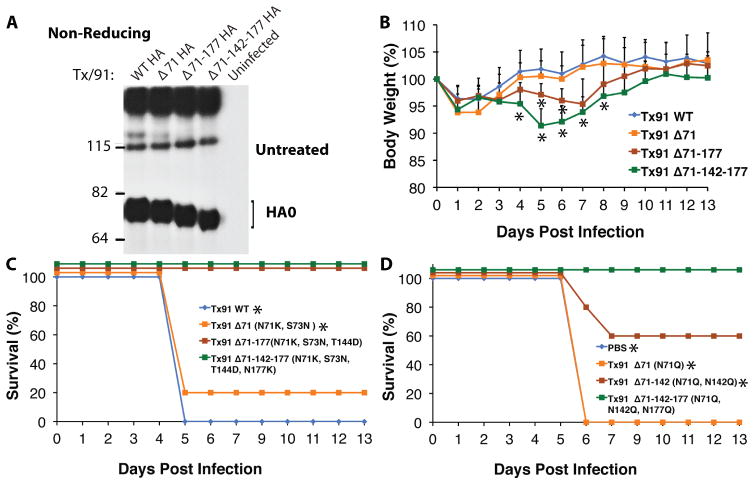Fig. 6. Deletion of glycosylation sites in the HA of Tx/91 increases virulence in mice and cross-protects against the 2009 pH1N1 strain.
Phenotypic characterization of recombinant influenza A viruses carrying either the wild type or glycosylation deletion mutant A/Texas/36/1991 HAs (N71K + S73N, T144D, N177K) and the remainder 7 genes from PR8 (viruses are 7:1 rPR8 expressing Tx/91 HA). (A) Western blot analysis of lysates obtained from MDCK cells infected at an MOI of 5 for 12 h with the respective glycosylation deletion mutant viruses. Lysates were run under reducing conditions and blots were detected with the polyclonal 3951 antibody. (B) 8-week-old female C57B/6 mice infected with 1×104 pfu of each virus shown. Average body weight of mice n=5 per group. Error bars denote the +/− SD for each time point. (C) Mice infected in panel B were allowed to seroconvert for 27 days at which time they were challenged with 100 LD50 of Neth/09. Percent survival is shown. (D) Mice infected with 1×104 pfu of each glycosylation deletion mutant, in which the same glycosylation sites were removed by an alternative set of amino acid substitutions to those used in B and C. At 29 days p.i. mice were challenged with 100 LD50 of Neth/09. Percent survival after challenge is shown. The student’s t-test was used to determine significance of body weight loss and the log-rank test was used to assess significance (* P<0.05) of survival outcome.

